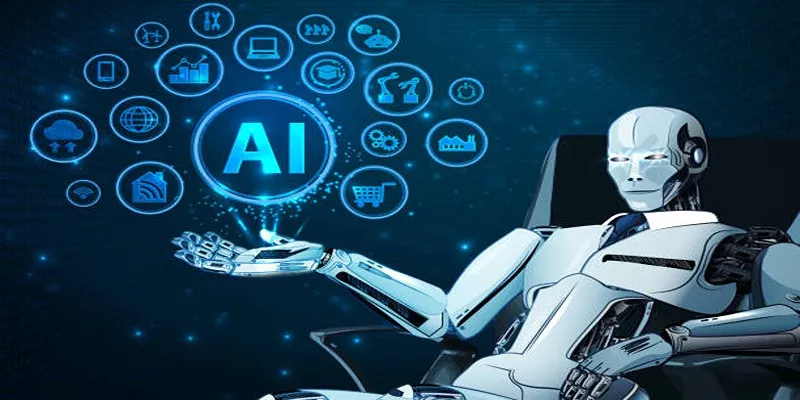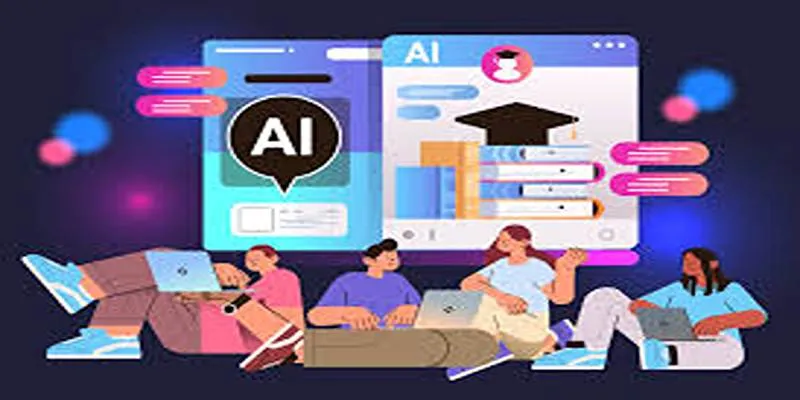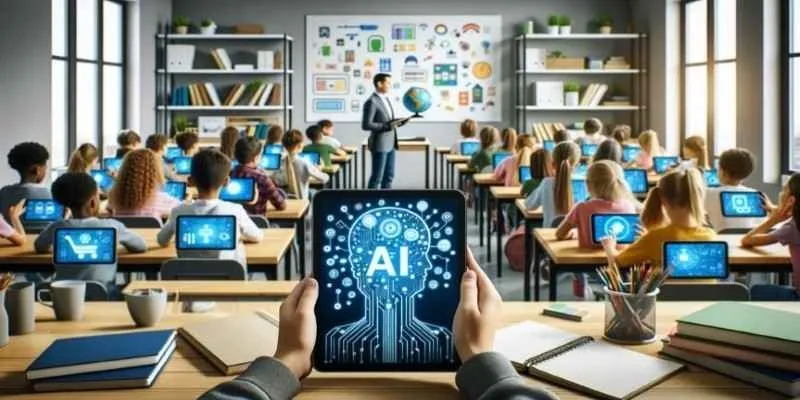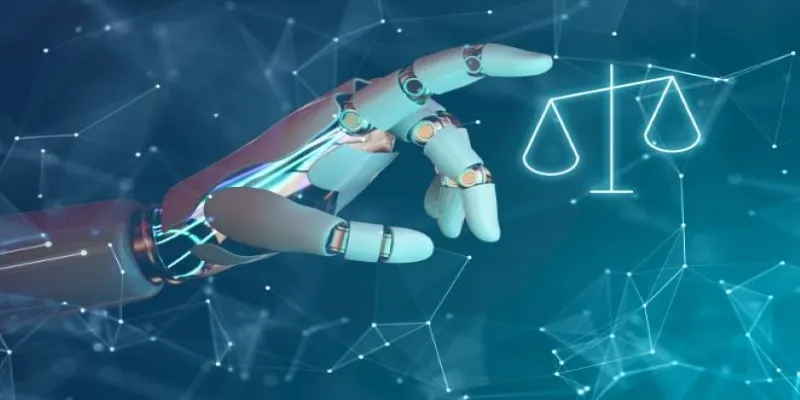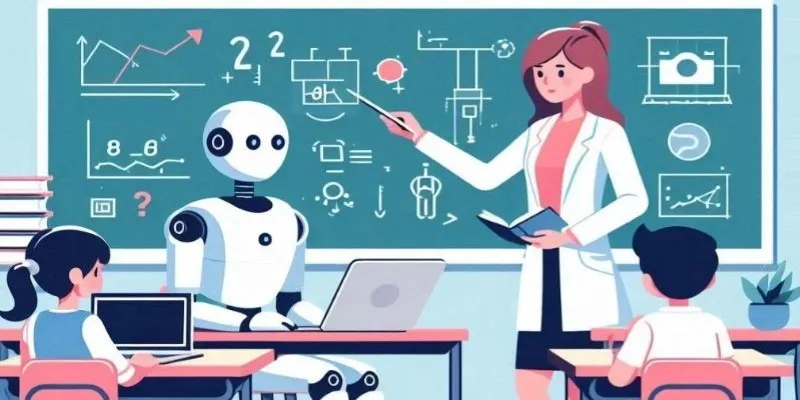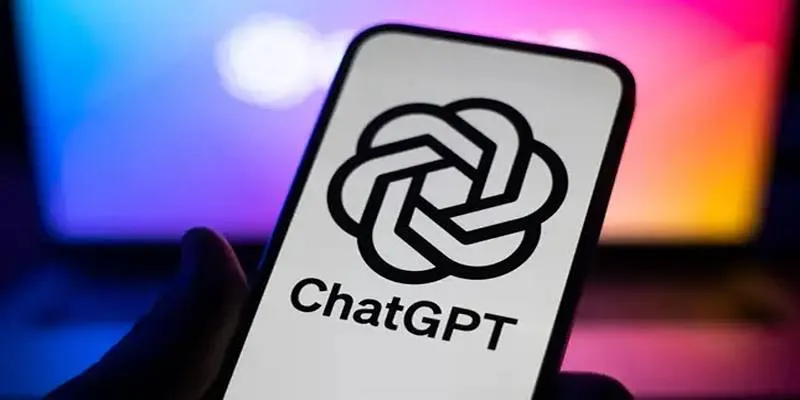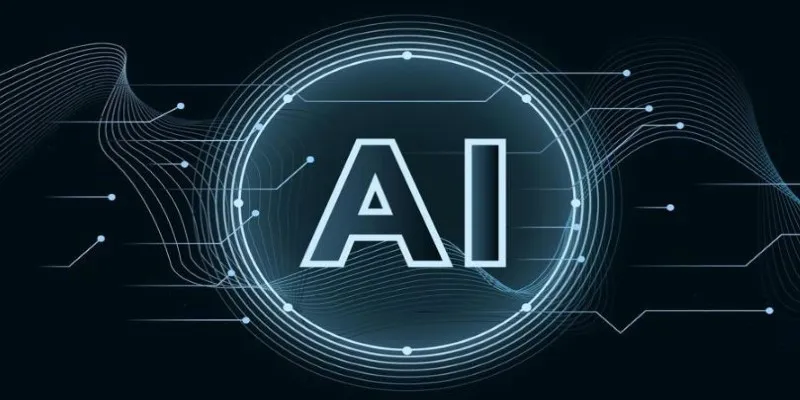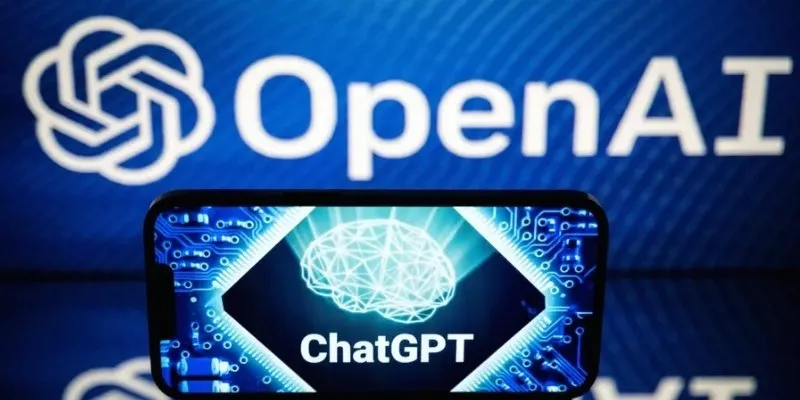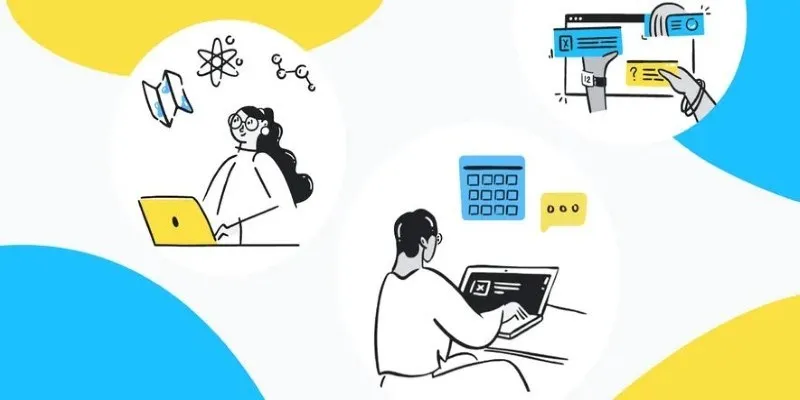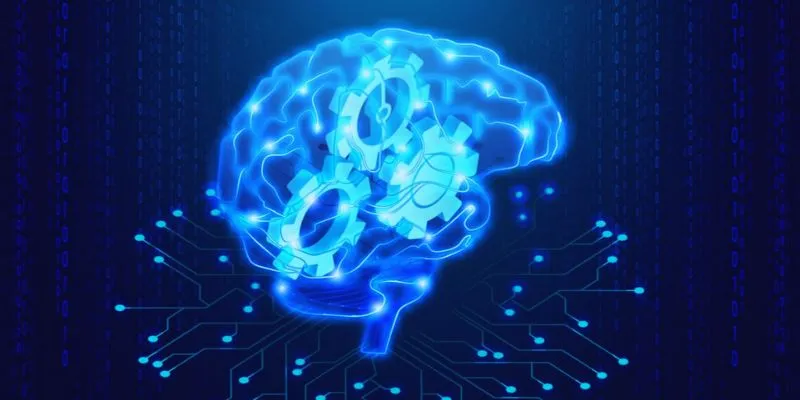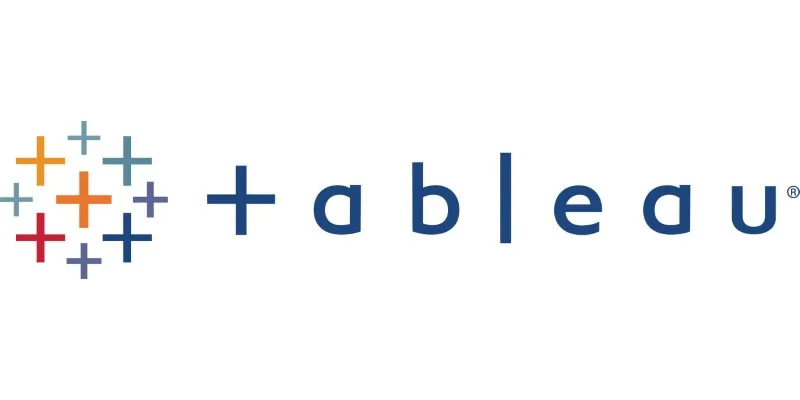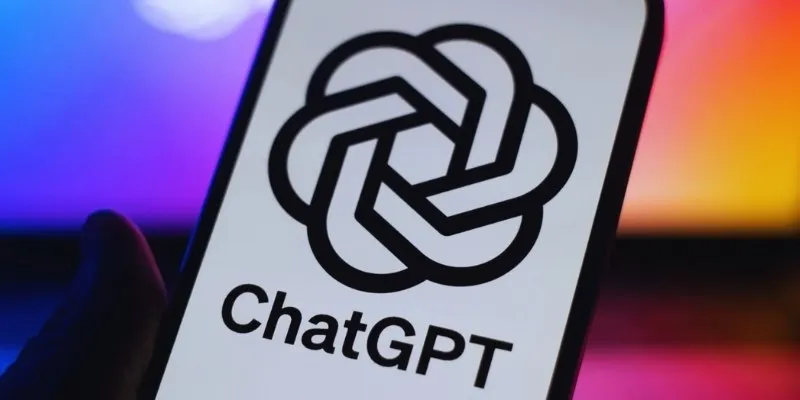Modern education relies heavily on technology, revolutionizing both the learning techniques for students and the teaching methods for educators. The digital age provides teachers with a plethora of educational tools, including interactive whiteboards and personalized learning applications, to enhance student learning outcomes. While technology opens new opportunities, its implementation presents distinct challenges.
Advantages of Technology in Education

Technology in education offers unprecedented opportunities to enhance teaching and learning. Here are some major advantages:
1. Access to Infinite Learning Resources
The era of relying solely on textbooks is over, as students now have unlimited access to information via the internet. With connectivity, learners can explore vast educational resources:
- Online Libraries: Platforms like JSTOR and Google Scholar offer access to a wide range of research papers, journals, and books.
- Video Tutorials: Websites like Khan Academy and YouTube provide explanatory videos on nearly any subject, catering to diverse learning styles.
- E-Books and Audiobooks: Digital books and audio formats provide flexibility for learners with visual impairments or those who commute frequently.
For example, a student struggling with algebra can watch step-by-step video tutorials on YouTube to supplement classroom education.
2. Personalized Learning Opportunities
One-size-fits-all instruction often leaves students disengaged or overwhelmed. Technology offers tailored learning experiences through:
- Adaptive Learning Software: Programs like DreamBox or Duolingo adjust difficulty levels based on individual performance.
- Learning at Your Own Pace: Online platforms like Coursera, edX, and Udemy allow students to progress at their own speed while revisiting concepts.
This individualization fosters a deeper understanding and empowers students to take control of their education.
3. Enhanced Collaboration and Communication
Technology enhances connection and engagement across the educational ecosystem:
- Virtual Classrooms: Tools like Zoom and Microsoft Teams enable real-time interaction between teachers and students from any location.
- Collaborative Projects: Google Workspace allows multiple students to edit documents simultaneously and provide feedback via comments.
- Global Networking: Students can collaborate with peers worldwide, gaining diverse perspectives on shared projects.
Whether it involves group projects or global pen pals, technology connects learners in meaningful ways.
4. Skill Development for the Digital Age
Incorporating digital tools into education helps students acquire essential skills valued by modern workplaces:
- Technical Proficiency: Coding platforms like Scratch and Code.org introduce students to programming languages.
- Problem-Solving Skills: Technology encourages critical thinking by challenging students to examine real-world scenarios using virtual simulations.
Skills gained through tech-savvy education contribute significantly to students’ readiness for today’s technology-driven job market.
5. Cost-Effective Resources
Many technological tools help reduce educational costs:
- E-books and online textbooks are often cheaper than physical copies.
- Digital submissions eliminate the need for printing assignments or exams.
- Open-source platforms enable administrators to reduce spending on proprietary software.
For institutions, leveraging digital tools can free up funds for other essential needs.
Disadvantages of Technology in Education
While technology offers numerous benefits, it’s essential to acknowledge its limitations and risks. Here are some challenges:
1. Digital Distractions
One of the most significant pitfalls of educational technology is the potential for distraction:
- Students may browse social media or play games during class.
- Frequent notifications from apps can interrupt focus and hinder productive studying.
For example, providing students with tablets during class can backfire if they are not monitored properly. Without time management, technology can compromise learning efficiency.
2. Inequality and the Digital Divide
Access to technology is not universal, exacerbating existing inequalities. Common issues include:
- Income Barriers: Low-income families may struggle to afford laptops or reliable internet.
- Rural Limitations: Limited access to high-speed internet or advanced tech tools in rural areas restricts participation in digital learning.
This digital divide creates an uneven playing field, particularly for underserved communities.
3. Overdependence on Technology
Excessive reliance on technology can diminish basic human problem-solving skills. Effects of overdependence include:
- Loss of Creativity: Overreliance on AI-driven apps may hinder critical thinking or creative expression.
- Reduced Social Interaction: Virtual communication often replaces face-to-face engagement, impeding interpersonal skills development.
Education should aim for a blended approach, integrating traditional methods with technological solutions.
4. Data Privacy and Security Risks
The integration of technology in education presents new vulnerabilities:
- Student Data Exposure: Online portals and apps store significant personal information, which can be targeted by cyberattacks.
- Lack of Regulation: Educational apps may track user data without proper transparency.
A 2021 report found that several popular ed-tech platforms lacked adequate encryption protocols, exposing students’ personal data to potential threats.
5. Technical Glitches and Accessibility Challenges
Technology failures can disrupt the educational process:
- Glitches and Bugs: Internet outages, software issues, or lagging video calls can halt lessons.
- Accessibility Issues: Some tools lack features for students with disabilities, limiting their participation.
Institutions must plan contingencies to minimize such operational hurdles.
Balancing Technology in Education for Maximum Impact

Achieving the perfect balance between technological integration and traditional teaching methods requires strategic approaches:
- Teacher Training: Educators must be proficient with digital tools to ensure smooth integration into lesson plans.
- Proper Supervision: Both parents and educators should monitor students’ use of technology to minimize distractions.
- Equitable Access: Schools and policymakers should prioritize initiatives to close the digital divide, such as subsidizing devices or providing low-cost internet.
Conclusion
The increasing use of technology in education has transformed how we learn and teach. It offers numerous benefits, including increased access to information, personalized learning experiences, and improved collaboration and communication. However, it is crucial to recognize that technology should not entirely replace traditional teaching methods. A balanced approach, incorporating both digital tools and traditional methods, can lead to more effective learning outcomes.
 zfn9
zfn9
